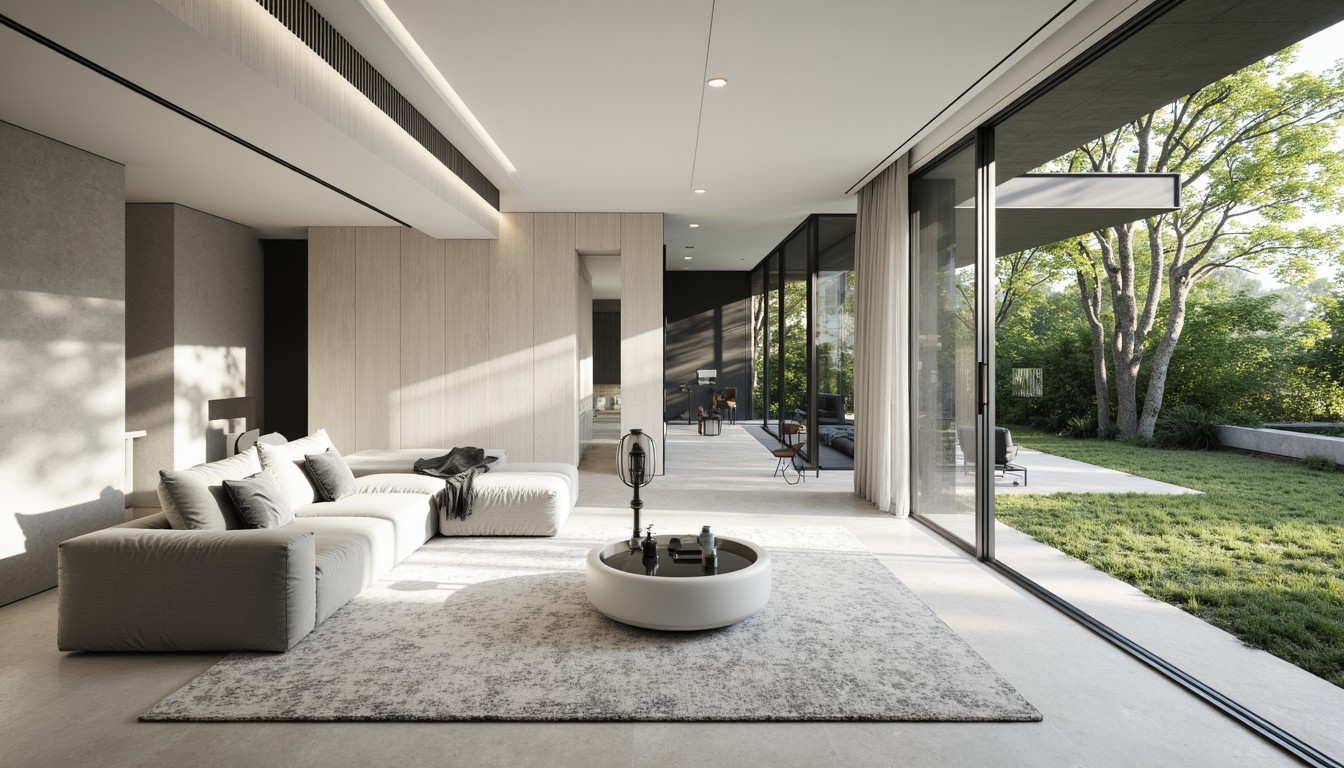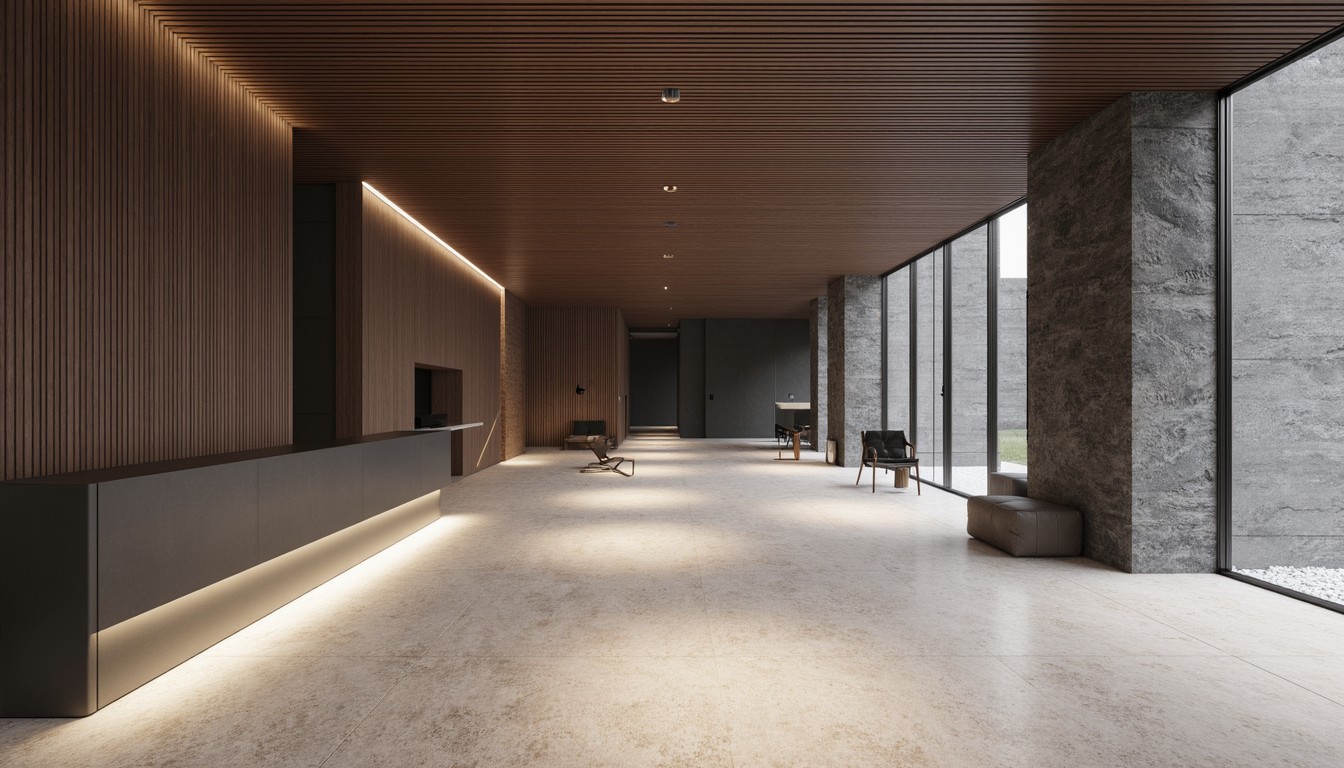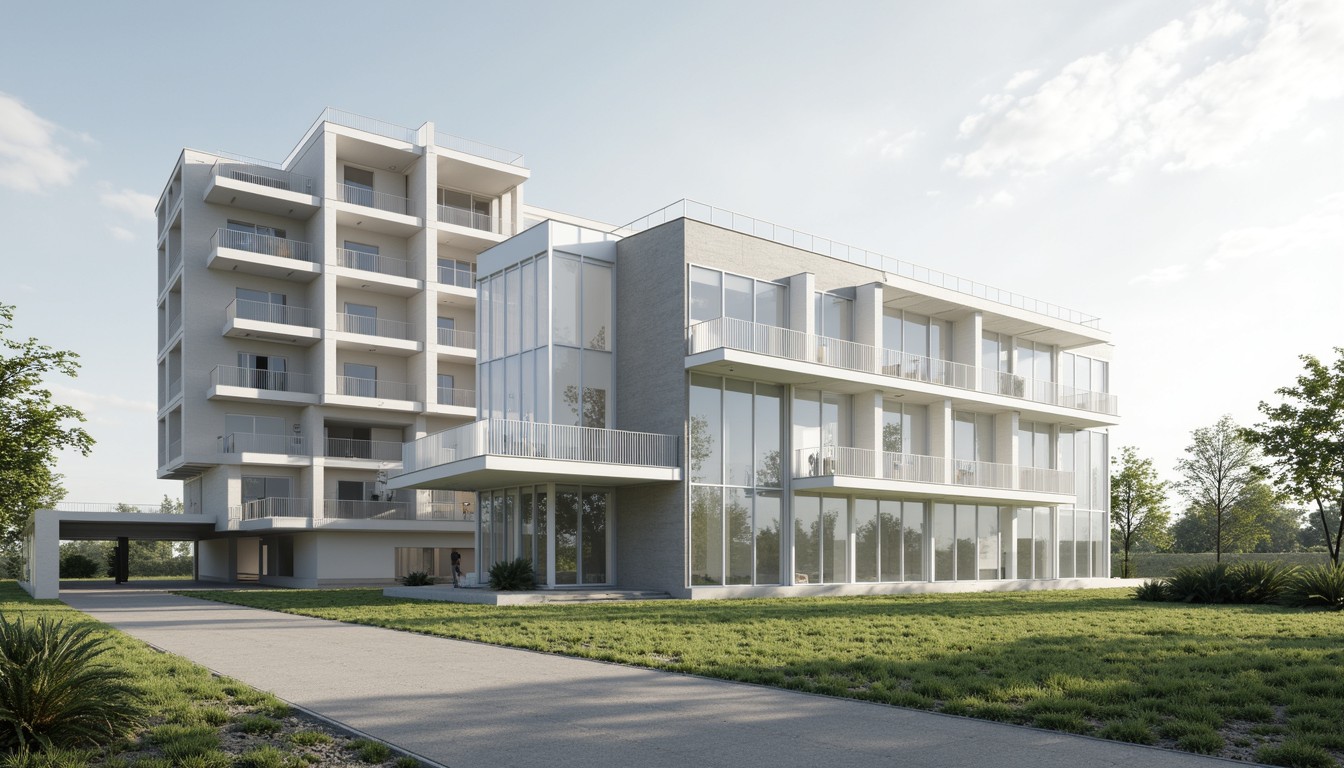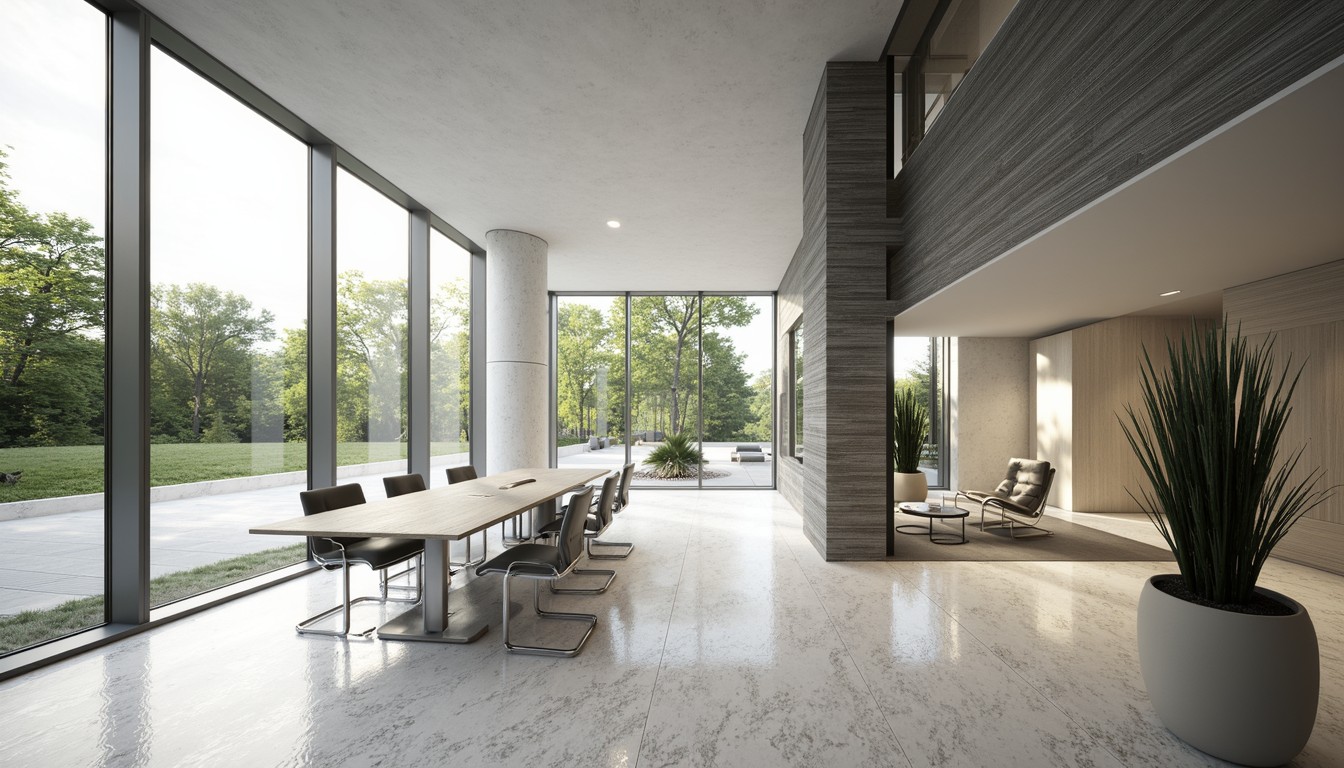Sustainable Architecture: Green Building Technologies & Design
The built environment significantly impacts our planet's health. As architects and designers, embracing sustainable architecture and green building technologies is no longer a choice but a necessity. This shift towards environmentally responsible practices isn't just a trend; it's a fundamental transformation driven by climate change concerns, resource depletion, and a growing awareness of our ecological footprint. ArchNav, a leader in architectural visualization, understands this evolution and is committed to showcasing the beauty and practicality of sustainable design through stunning, high-resolution renderings.
Energy Efficiency: The Cornerstone of Green Building

Energy efficiency forms the bedrock of any sustainable building. Reducing energy consumption involves a multifaceted approach incorporating passive and active strategies. Passive strategies focus on optimizing the building's design to minimize energy needs, while active strategies utilize technologies to improve energy performance.
Passive Design Strategies:
- Optimal Site Selection and Orientation: Maximizing natural daylight and minimizing solar heat gain through strategic building placement and orientation significantly reduces the need for artificial lighting and cooling.
- Insulation and Air Sealing: High-performance insulation materials, such as spray foam or cellulose, and meticulous air sealing prevent heat loss in winter and heat gain in summer, enhancing energy efficiency.
- Natural Ventilation: Strategically placed windows and vents allow for natural air circulation, reducing reliance on mechanical ventilation systems.
- Shading Devices: Overhangs, awnings, and strategically planted vegetation provide shade, reducing cooling loads during peak sun hours.
Active Design Strategies:
- High-Efficiency HVAC Systems: Employing energy-efficient heating, ventilation, and air conditioning (HVAC) systems, such as heat pumps and geothermal systems, drastically reduces energy consumption.
- Solar Panels and Photovoltaics: Integrating solar panels into the building's design provides renewable energy, reducing reliance on the grid.
- Smart Building Technologies: Implementing smart building management systems allows for real-time monitoring and control of energy usage, optimizing efficiency.
Sustainable Materials: Building with Nature

The selection of building materials significantly impacts a building's environmental footprint. Sustainable materials are sourced responsibly, minimizing environmental damage and promoting resource conservation.
Examples of Sustainable Materials:
- Recycled Materials: Utilizing recycled steel, aluminum, and timber reduces demand for virgin materials and minimizes waste.
- Bamboo: A rapidly renewable resource, bamboo offers exceptional strength and flexibility, making it a sustainable alternative to traditional timber.
- Reclaimed Wood: Using reclaimed wood reduces deforestation and gives old materials a new life.
- Hempcrete: A bio-based composite material made from hemp fibers and lime, hempcrete offers excellent insulation properties and is carbon-negative.
- Mycelium Composites: Grown from fungi, mycelium composites are lightweight, insulating, and biodegradable, representing a truly innovative sustainable material.
Water Conservation: Efficient Water Management
Water conservation is crucial in sustainable building design. Implementing water-efficient fixtures and systems minimizes water usage and reduces strain on water resources.
Water Conservation Strategies:
- Low-Flow Fixtures: Installing low-flow toilets, faucets, and showerheads significantly reduces water consumption.
- Rainwater Harvesting: Collecting rainwater for non-potable uses, such as irrigation, reduces reliance on municipal water supplies.
- Greywater Recycling: Recycling greywater (from showers and sinks) for toilet flushing or irrigation further conserves water.
- Xeriscaping: Employing drought-tolerant landscaping minimizes water usage for irrigation.
ArchNav: Visualizing Your Sustainable Future

ArchNav excels in visualizing sustainable architecture projects, allowing architects and clients to experience the design's beauty and functionality before construction. Our high-quality renderings showcase the integration of green building technologies, providing a clear understanding of the project's environmental impact and aesthetic appeal. We help clients communicate the vision of sustainable design effectively, attracting investors and stakeholders who value environmentally responsible practices.
Conclusion
Sustainable architecture is not merely a trend; it's a fundamental shift toward responsible building practices. By embracing green building technologies and sustainable design principles, we can create buildings that are environmentally friendly, energy-efficient, and aesthetically pleasing. ArchNav is dedicated to supporting this transition, providing cutting-edge architectural visualization services that empower architects to design and showcase sustainable buildings that benefit both people and the planet. Contact us today to discuss your next green building project.
